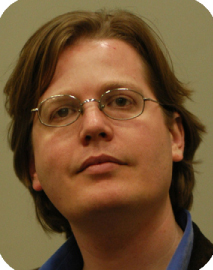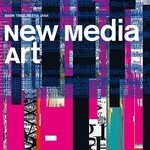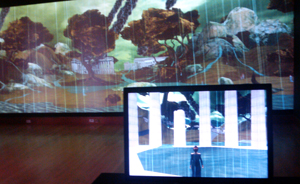Ian Bogost and I just gave our talk “Platform Studies: Frequently Questioned Answers” here at Digital Arts and Culture in Irvine, California. There were three other talks – fascinating ones – in this day’s opening plenary session. Garnet Hertz took us into circuit bending, tactical media, and the artistic recycling and reuse of electronic waste. Jason Farman spoke on locative media with a focus on geocaching as technologically-enabled, embodied, proprioceptive play. Conor McGarrigle explored, in detail and with reference to several specific projects, the relationship between the practices of the Situationist International and contemporary locative media work.
Ian and I addressed six misconceptions about platform studies (the concept, the focus) which we’ve already heard a few times. Our talk was an attempt to better invite people to participate in the project and in the book series. In brief, the six misconceptions, and our responses, are:
#1 Platform studies entails technological determinism.
Platform studies is opposed to “hard” determinism and invites us to continue to open the black box of technology in productive ways.
#2 Platform studies is all about hardware.
Platform studies includes software platforms as well.
#3 Platform studies is all about video games.
Platform studies extends to all computing platforms on which interesting creative work has been done.
#4 Everything these days [in the Web 2.0 era] is a platform.
We invite a focus on computational platforms, the basis for digital media work.
#5 Platform studies is about technical details, not culture.
Platform studies connects technical details to culture.
#6 Platform studies means that everyone in digital media will have to get computer science training or leave the field.
Platform studies shows how technical understanding can lead to new sorts of insights, but will not evict the many other important sorts of scholars from digital media.
The full paper is online, too. Since the beginning of the project, we’ve insisted on the embedding of the platform level in culture and other non-technical contexts, and we’re tried to draw connections between the way computing systems work and culture, history, and society. Others, we’re sure, will have new ways to do that; please, join us in taking up the platform as an focus for digital media studies.
I have one other collaborative paper today, which will be presented by Alex Mitchell: “”Shaping Stories and Building Worlds on Interactive Fiction Platforms.” Then I’ll present “The ppg256 Series of Minimal Poetry Generators.” Finally, I’ll be part of the DAC Literary Arts Extravaganza with a reading called “Five Uneasy Pieces.” I’m looking forward to it all, but I’m sure I’ll be glad to be looking back on it when the day’s done.
You can search Tweetland for #DAC2009 to see what the cool kids are saying about the conference.









